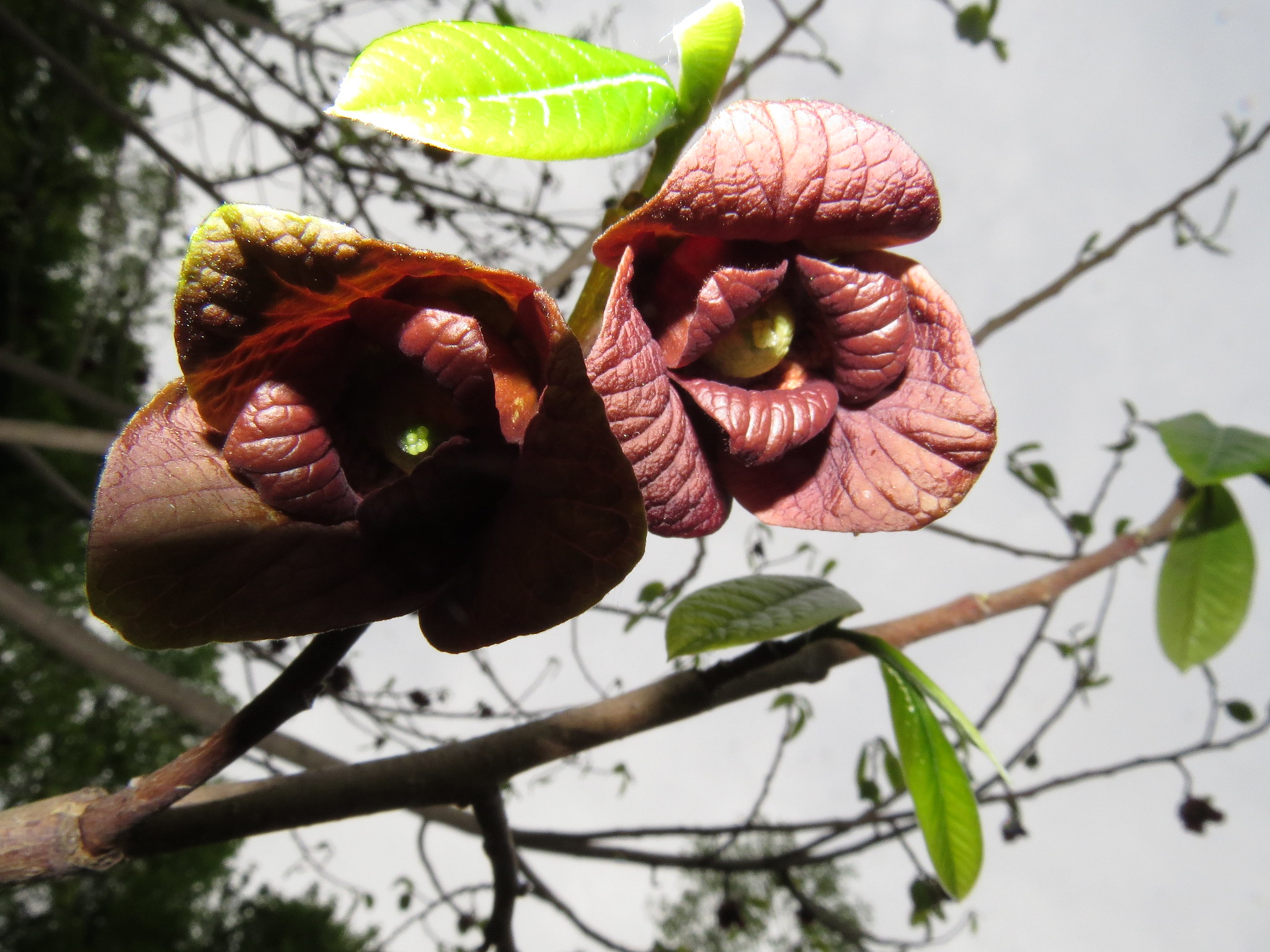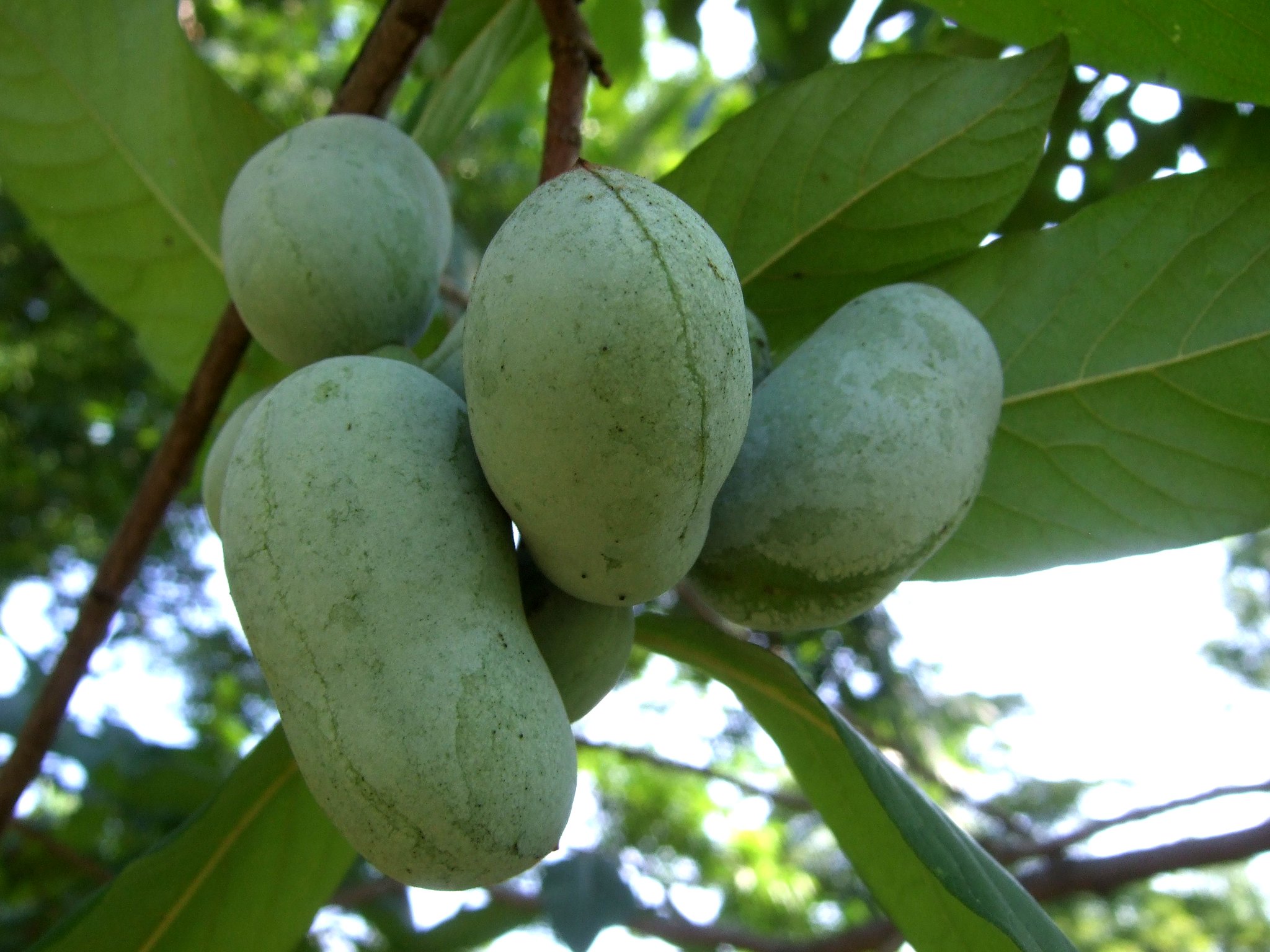Native Tropical Fruit: Do You Have a Pawpaw Patch?
go.ncsu.edu/readext?945607
en Español / em Português
El inglés es el idioma de control de esta página. En la medida en que haya algún conflicto entre la traducción al inglés y la traducción, el inglés prevalece.
Al hacer clic en el enlace de traducción se activa un servicio de traducción gratuito para convertir la página al español. Al igual que con cualquier traducción por Internet, la conversión no es sensible al contexto y puede que no traduzca el texto en su significado original. NC State Extension no garantiza la exactitud del texto traducido. Por favor, tenga en cuenta que algunas aplicaciones y/o servicios pueden no funcionar como se espera cuando se traducen.
Português
Inglês é o idioma de controle desta página. Na medida que haja algum conflito entre o texto original em Inglês e a tradução, o Inglês prevalece.
Ao clicar no link de tradução, um serviço gratuito de tradução será ativado para converter a página para o Português. Como em qualquer tradução pela internet, a conversão não é sensivel ao contexto e pode não ocorrer a tradução para o significado orginal. O serviço de Extensão da Carolina do Norte (NC State Extension) não garante a exatidão do texto traduzido. Por favor, observe que algumas funções ou serviços podem não funcionar como esperado após a tradução.
English
English is the controlling language of this page. To the extent there is any conflict between the English text and the translation, English controls.
Clicking on the translation link activates a free translation service to convert the page to Spanish. As with any Internet translation, the conversion is not context-sensitive and may not translate the text to its original meaning. NC State Extension does not guarantee the accuracy of the translated text. Please note that some applications and/or services may not function as expected when translated.
Collapse ▲The old-timers still tell stories about going down to the “pawpaw patch” to get the sweet, unusual fruit in the late summer to early fall; times when we still wandered the woods in awe of all the plants around us. Do you have a pawpaw patch on your property? Do you know what to look for? Let’s go a-hunting for pawpaws!
Introduction
Pawpaws’ scientific name is Asimina triloba, and it is native across middle and eastern North America. There are a couple other Asimina species native to Florida, as well. Its closest relatives are firmly tropical though. They are in the tropical plant family, the Annonaceae, along with the soursop and custard apples of Central America.
The trees are fairly nondescript. I know I always lose them for a moment in the forest when I am looking for them. They are deciduous, meaning they lose their leaves in the Fall, and have beautiful orange/yellow fall color. They are medium-sized trees, maturing to 15-20 feet tall in the wild. They have a unique growth habit though: they sucker! This means they send out runners and the trees continue to send out additional stems around the area.
The plants flower in the spring, around March or April, just as they are starting to leaf out. The flowers are a deep maroon and blend in with the shadows of the

Pawpaw Flowers
forest. If you do happen to see one and stick your nose in it, you will be met with an unpleasant rotten smell. They are pollinated by flies! It seems something that smells rotten would bear such sweet fruit.
Where Do They Live?
For anyone who has eaten a pawpaw, you know that smooth, tart, sweet, tropical taste is unlike anything else in the wilds of North America! The pawpaw earns the common name ‘custard apple’ fairly. You have your work cut out for you though, if you want to get one of these tasty treats in the wild.
Pawpaws prefer moist, well-draining slopes in the understory of other trees. You will commonly find them just a few feet upslope from a river or perennial stream, in the dappled sunlight from oaks and hackberries. They do like to be in moist, but not waterlogged soils and are a great indicator plant of soil texture and moisture, and underground springs. There are pawpaws throughout the woods of Lee County, from Pocket to Deep River to Broadway!
The fruits ripen throughout the late summer and into fall across the United States.

Cluster of Pawpaw Fruit
In Lee County, our pawpaws are ripening in August and September. They are hard to see in tall trees, as the fruit blends in with the light green undersides. We have to pick them before they are ripe, because the fruits will quickly fall after they are ripe and animals are much more savvy at picking them up before humans ever find them. Who can blame them? Yum!
What Should You Do?
If you discover a pawpaw patch on your property, consider yourself lucky! You have a high-quality habitat that is worth preserving. You can pick pawpaws in the late summer and know you are supporting wildlife by having the trees in place. The zebra swallowtail, which looks like a white tiger swallowtail to the untrained eye, lays its eggs on pawpaw and the caterpillars feed exclusively on Asimina!
Enjoy your pawpaws where they grow in the wild. Do not attempt to move pawpaw plants, as they have deep taproots which are usually broken when we try to move them. If you want to plant a pawpaw in a place in your yard, just remember they like moist, well-draining soil! There are nurseries that sell both wild types and named cultivars, which have been selected to have superior fruit!
If you have never had a pawpaw, just you wait! There is a vendor at the Sanford Farmers’ Market that starts coming in the late summer/early fall when his trees start producing. Come on down and get one!
Resources
Plant Toolbox Profile for Pawpaws
Amanda Wilkins is the Horticulture Agent for North Carolina Cooperative Extension in Lee County.




